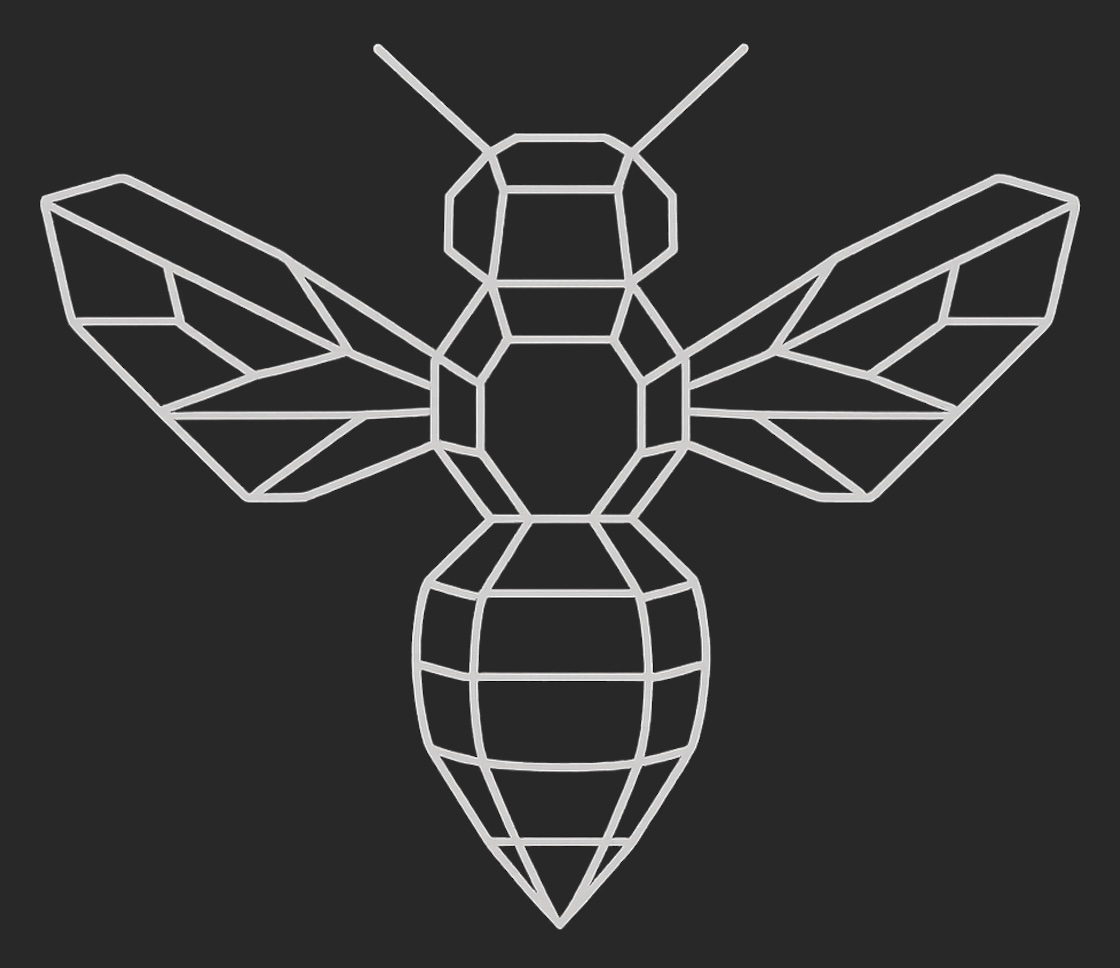
Documentation
📐Design Assistant
Repository-aware specification-driven development workflow
← Back to DocumentationSpecification-Driven Development
Design Assistant automates specification-driven development workflows. It creates comprehensive planning documents that serve as the source of truth for your project, guiding both human developers and AI coding assistants.
Why Specification-First Matters
Research shows 37% of software projects fail due to unclear or wrong requirements. Writing specifications before code reduces miscommunication, reveals technical gaps early, and provides clear direction for implementation.
In AI-assisted development, specifications become even more critical. AI coding assistants excel at implementation but need clear requirements and architecture to build the correct solution.
Without Specifications
- AI agents make assumptions about requirements
- Implementation may not match actual needs
- Rework required when misalignment discovered
- Team members work from different assumptions
With Specifications
- AI agents follow documented requirements
- Implementation aligns with design
- Clear acceptance criteria for validation
- Shared understanding across team
Five-Stage Workflow
Click the DESIGN button to start. Describe what you want to build, and Design Assistant guides you through each stage.
Repository Analysis
Analyzes your codebase structure, dependencies, patterns, and architecture
Output: context.md - Complete repository understanding
Requirements Documentation
Creates Product Requirements Document with user stories and acceptance criteria
Output: requirements.md - What to build and why
Architecture Design
Designs system components, data models, API interfaces, and integration points
Output: design.md - How the system works
Task Breakdown
Breaks implementation into specific, actionable development tasks
Output: tasks.md - Step-by-step development plan
Implementation Planning
Provides detailed file-by-file implementation guidance
Output: implementation.md - How to execute
What You Get
Five production-ready markdown documents that provide a comprehensive governance framework for your development work.
Source of Truth
Clear, documented requirements and architecture that everyone references. No more assumptions or misalignment.
AI Agent Governance
AI coding assistants like Claude Code reference these documents to understand context, follow your architecture, and validate their work against your requirements.
Team Alignment
Shared understanding of requirements, architecture decisions, and implementation approach across your entire team.
Validation Framework
Clear acceptance criteria for each task. Verify AI-generated code matches specifications before merging.
How AI Agents Use Specifications
AI coding assistants reference your Design Assistant output to ensure implementation matches your requirements.
Before Writing Code
AI agents read context.md to understand your tech stack, patterns, and architecture. This ensures generated code follows your conventions.
During Implementation
AI agents reference requirements.md and design.md to validate their approach matches your specifications. This prevents building the wrong solution.
During Validation
AI agents check their work against acceptance criteria in tasks.md. This ensures completeness and correctness.
Getting Started
1. Click the DESIGN Button
Open Design Assistant panel in the Hive Consensus IDE
2. Describe What You Want to Build
Tell Design Assistant your project goals. Repository analysis begins automatically.
3. Interactive Workflow
Design Assistant guides you through each stage, asking clarifying questions before creating each specification document. This interactive process ensures specifications match your needs.
4. Use Specifications to Guide Development
Reference the five documents when working with AI coding assistants like Claude Code to ensure alignment with your specifications.
Session Management
Smart Session Detection
When you reopen Design Assistant, it detects existing analysis from the current day and offers to resume or start fresh. This prevents redundant repository analysis.
Session Storage
Sessions are saved in: design-session-YYYYMMDD-HHMMSS/
All five documents persist automatically for future reference.
Model Configuration
Design Assistant uses Claude Sonnet 4.5 by default. Change the model in Settings → Design Assistant → Model Selection.
All five stages use the same model for consistency. Choose models with large context windows (100k+ tokens) for repository analysis.
Start Planning Your Next Feature
Use Design Assistant to create specification documents that govern AI development and ensure implementation aligns with requirements.
Download Hive Consensus